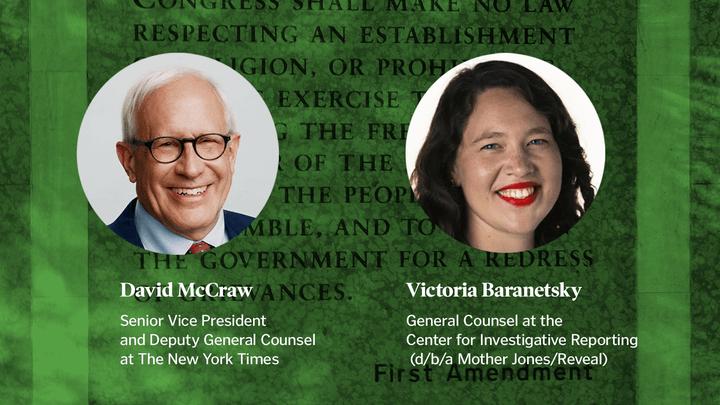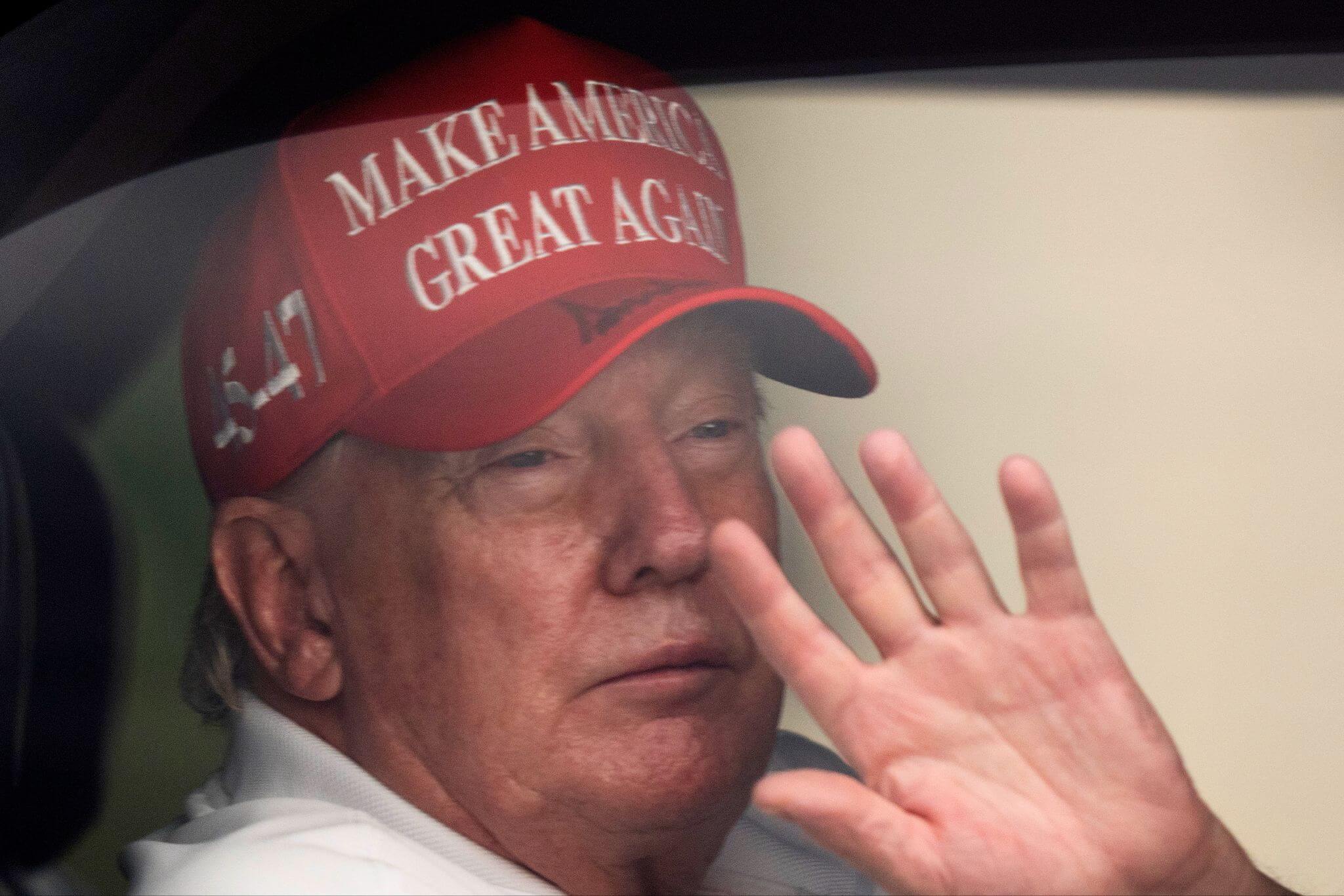The idea of the “conceptual scoop” has at least two parents: Peter Gosselin, who coined the phrase while covering economics and policy for The Boston Globe; and Paul Starobin of the National Journal, who described the idea and its practitioners in a 1996 essay in the Columbia Journalism Review.
The idea of the “soccer mom” is a conceptual scoop. So is the “NASCAR dad.” So is the theory of the socially libertarian “Volvo Republican,” coined by Newsweek‘s Howard Fineman.
“As print journalism changes,” argues Gosselin, who now reports on the economy for the L.A. Times, “that’s our stock in trade: developing concepts that allow readers to frame the news.”
Still confused about the conceptual scoop? Think of those Magic Eye art posters, the ones made up of thousands of little dots, so that you have to concentrate and squint to see the larger three-dimensional pattern. What you get, says Starobin, is a “wow of recognition.”
Gosselin contrasts the conceptual scooper with television pundits, who toss out ideas and are rarely held accountable for their evidence. They practice, in the words of Tom Rosenstiel and Bill Kovach, a journalism of “assertion” rather than a discipline of “verification.”
While facts are necessary, they are often insufficient in serving the public interest, in generating conversation and debate. As far back as 1947, the Hutchins Commission on Freedom of the Press concluded that “It is no longer enough to report the fact truthfully. It is now necessary to report the truth about the fact.”
The commission went so far as to elevate this idea into a standard for a free and responsible press: “Today our society needs, first, a truthful, comprehensive, and intelligent account of the day’s events in a context which gives them meaning.”
The conceptual scoop is a tool toward understanding that context.
In conventional reporting, says Gosselin, “you begin with the facts and move to what it means.” The conceptual scoop works the other way around: “You begin with an idea and report back to the facts.” Reporting is the key. The failed examples of this mode, he says, are the ones that are “fact free.”
Starobin says that “the conceptual scoop is the product of cognition tethered to the facts,” but that you don’t have to be a mega-brain to land one. He argues that all reporters begin with an intuition. He recommends this method:
- Use some shoe leather.
- Follow your curiosity.
- Collect the facts.
- Find the pattern.
- Describe the pattern with an imaginative conceit.
Gosselin offers this line of inquiry for 2004 convention reporters. This year, he imagines, “Platforms matter!” We are a red and blue nation, he argues, and we are about to have a very nasty and a very close election. “Ideology is back,” he says, “so ideas matter.”
Perfect time for a conceptual scoop.






